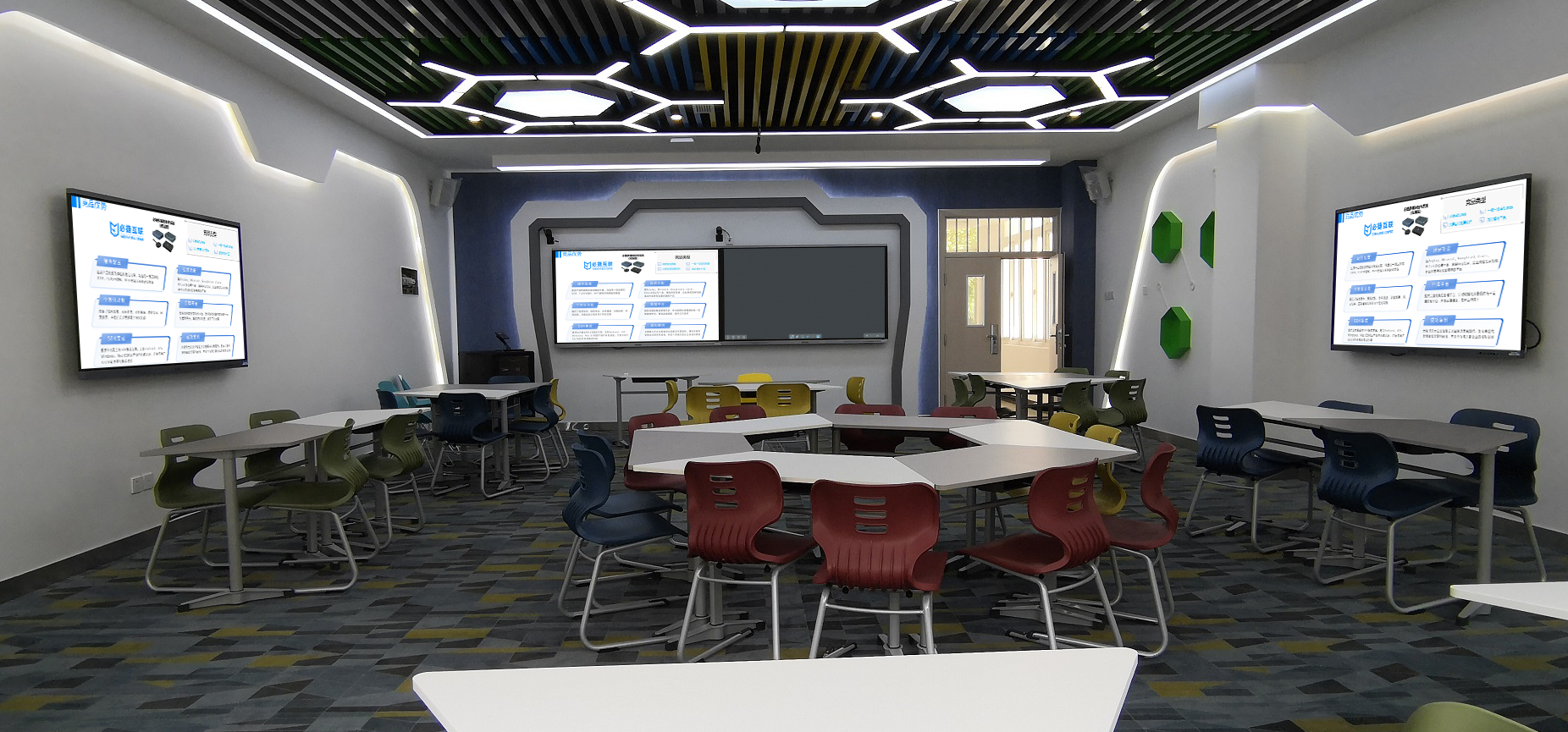Multi-screen interaction technology is transforming traditional teaching models. Through Google Cast and wireless screen mirroring, it enables more flexible and efficient teaching methods, injecting new vitality into smart classrooms.
- Content across multiple screens updates synchronously, ensuring information consistency.
- Supports diverse device types (smartphones, computers, tablets, and interactive displays).
- Enables real-time interactive presentations with seamless content synchronization.
- Screen sharing between teachers and students for smooth knowledge transfer.
- Allows multiple users to operate on shared content simultaneously.
- Facilitates instant feedback and interaction to enhance engagement.
- Comparative display of multiple contents (e.g., contrasting theories, works, or solutions).
- Real-time annotation and explanation directly on the shared screen to highlight key points.
- Increases student participation through interactive features like live polling and Q&A.
- Independent discussion spaces for each group with dedicated screens.
- Centralized display of group results for whole-class review and analysis.
- Promotes the collision of ideas by visualizing diverse perspectives and facilitating in-depth discussions.
- Plan classroom layout rationally to ensure all students have clear visibility of screens.
- Select stable and reliable devices with strong compatibility for Google Cast and wireless mirroring.
- Strengthen technical training for teachers to master multi-screen interaction skills and integrate them into teaching.

